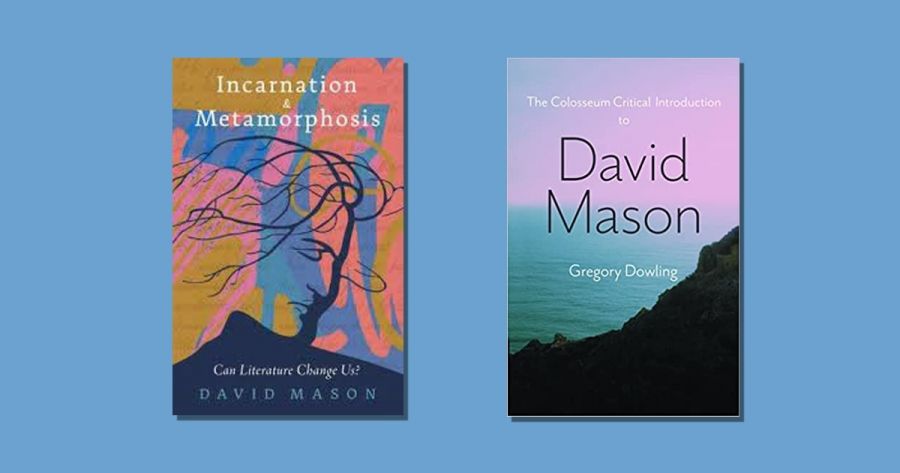
- Free Article: No
- Contents Category: Literary Studies
- Review Article: Yes
- Article Title: Fluid states of being
- Article Subtitle: Essays on and by David Mason
- Online Only: No
- Custom Highlight Text:
American/Australian poet, David Mason, is also a verse novelist, librettist, and essayist. His latest collection of essays, Incarnation and Metamorphosis: Can literature change us?, is clearly the work of a man who enjoys literature as he finds it rather than as he is told to see it. He is not afraid to declare in his introduction that ‘[s]ome literary works are better than others’. It is the works themselves, rather than the author’s origins or identity, with which he is concerned. In the first half of Incarnation and Metamorphosis, Mason concentrates on the issues that the phrase ‘better than others’ implies. The second half is devoted mainly to a number of writers whose work currently risks being undervalued or misunderstood to their disadvantage.
- Article Hero Image (920px wide):
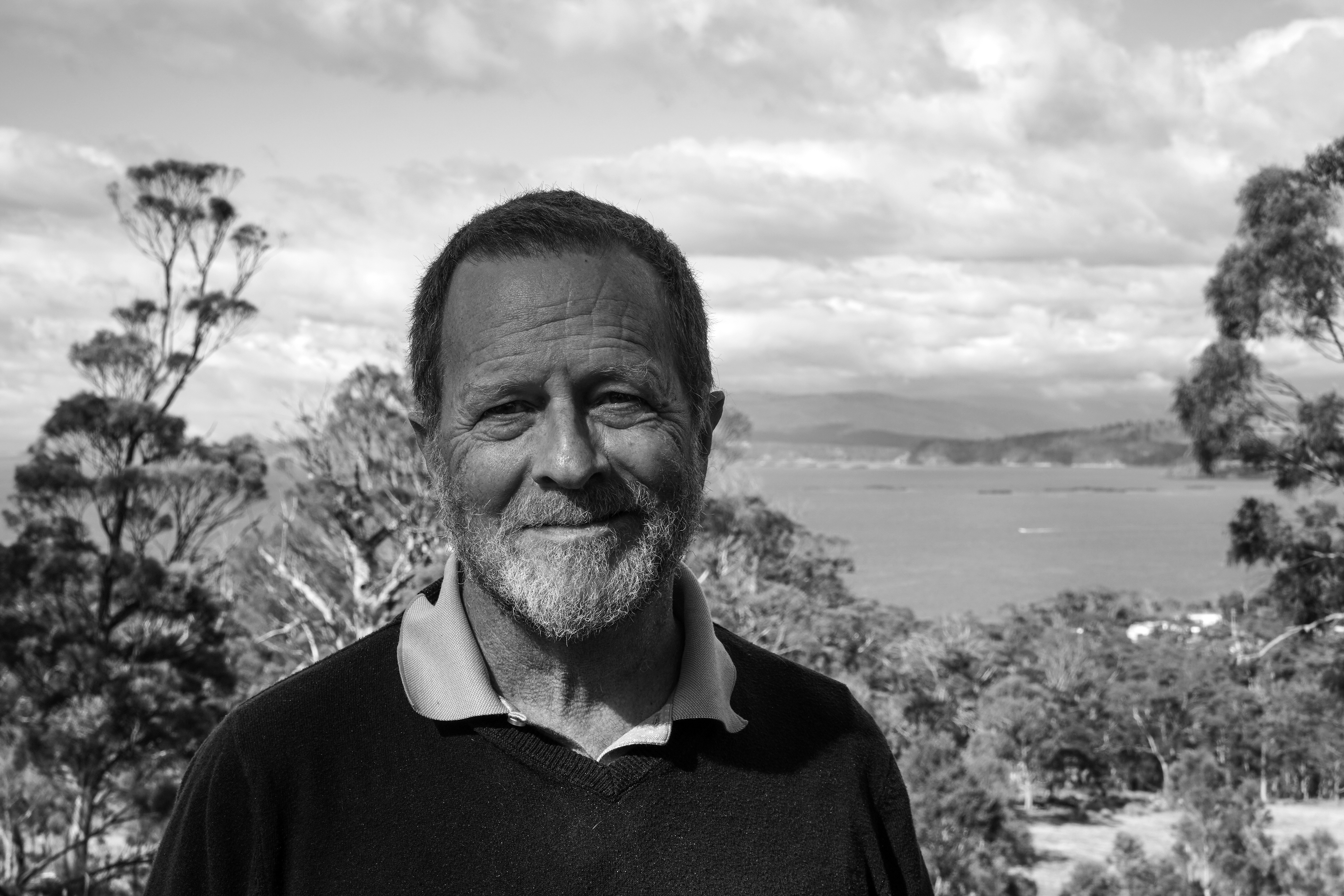
- Article Hero Image Caption: David Mason
- Featured Image (400px * 250px):
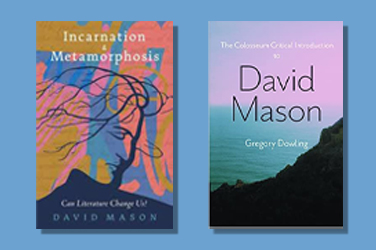
- Alt Tag (Featured Image): Geoff Page reviews 'Incarnation and Metamorphosis: Can literature change us?' by David Mason, and 'The Colosseum Introduction to David Mason' by Gregory Dowling
- Book 1 Title: Incarnation and Metamorphosis
- Book 1 Subtitle: Can literature change us?
- Book 1 Biblio: Paul Dry Books, US$19.95 pb, 226 pp
- Book 1 Cover Small (400 x 600):
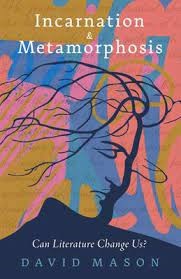
- Book 1 Cover (800 x 1200):

- Book 2 Title: The Colosseum Introduction to David Mason
- Book 2 Biblio: Franciscan University Press, US$12 pb, 220 pp
- Book 2 Cover Small (400 x 600):
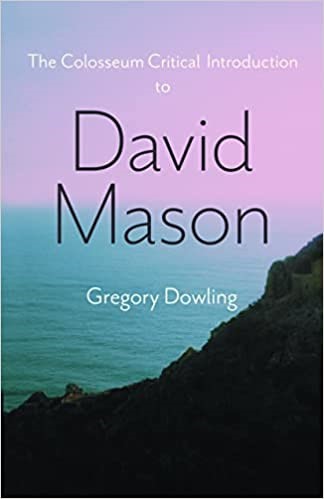
- Book 2 Cover (800 x 1200):

An equally central essay in the book is ‘The Minefield and the Soul: Notes on Identity and Literature’. This is so densely packed with useful good sense in these complicated times that it’s almost impossible to quote from. Mason insists that most, if not all, identities are multiple and unstable, that explicit statements of identity necessarily involve oversimplification. The function of literature, he argues, is to expand our sense of the value of other people. Mason sums it up best in his statement that ‘Literature asks us to open ourselves to more fluid states of being that actually reflect our reality. It honours doubt and ambiguity and multiple points of view.’
The book’s second half serves to illustrate these ideas by discussing a miscellany of writers, both living and dead, whose work, Mason feels, is currently undervalued in one way or another. They include Pablo Neruda (whose personal life was rather less impressive than his poetry), and the American novelist Robert Stone (who published Dog Soldiers in 1974 and whose work is only starting to gain the attention Mason thinks it has long deserved).
Mason also discusses the American/Irish poet Michael Donaghy (1954–2004), whose books were much better received in Britain than in the United States, and the well-established American poet and anthologist Dana Gioia, who, Mason argues, has been somewhat unfairly dismissed for his (irrelevant) success in business.
Less argumentative perhaps is Mason’s relatively extended and very positive account of the work of Tom Stoppard. There has been no injustice here, it would seem. Some readers might wonder, however, at the presence of an essay on a British playwright in a book primarily about poetry and poets (predominantly American).
Among other achievements, the Stoppard essay serves to remind us of Mason’s own considerable achievements in fields such as libretti and verse novels (most notably Ludlow), which all display a notable talent for dramatic longer forms.
Further examples of Mason’s range include a couple of essays on Montaigne and Diderot, a comparison of the role fame played in the lives of Sylvia Plath and Seamus Heaney, and an unexpected and enthusiastic piece on the work of Helen Garner, whose writings, Mason argues, also have the ‘independence of mind, (the) devotion to precision in prose (and the) beautiful irreverence’ he is drawn to in so many of the other writers discussed.
Although David Mason has chosen to emigrate from the United States to Tasmania, it is clear that the American literary scene, which he might be said to have abandoned in late mid-career, hasn’t forgotten him. He has had at least two books published there since he left, one of them a kind of parting imprimatur – an introductory survey of his work. Australian poetry readers of a certain age may well be saddened by the memory that such volumes on our own poets were once relatively common. Nevertheless, we should all be more than grateful for such a handy introduction to a welcome new poet in our midst.
The author, Gregory Dowling, is Associate Professor of American Literature at the Ca’ Foscari University of Venice. The book is part of a developing series which, according to the publisher, ‘provides a thorough study of the life and work of an important American writer’ and is intended to be both ‘brief and compelling’.
At 220 pages, the Colosseum Introduction may not be entirely ‘brief’ but it is valuable, particularly in providing a short but reasonably comprehensive biography of the poet and a revealing interview with him. It also discusses Mason’s recent book for children and his work in libretti.
The greater part of the book, however, is concerned with Mason’s first four poetry collections, his verse novel Ludlow, and his new and selected poems, The Sound. Frustratingly, Dowling prefers to discuss briefly and sequentially each collection’s more substantial poems rather than suggest how, and to what extent, each of Mason’s books differs from its predecessors. Almost invariably, Dowling notes the poem’s metrical and stanzaic details before going on to comment on how some of Mason’s imagery (particularly concerning water and the sea) recurs throughout his oeuvre and/or how the poem relates to known details of the author’s life. Some readers may have found it more interesting for Dowling to have placed Mason among his contemporaries and to have illustrated more broadly the acknowledged debts Mason owes to earlier poets, particularly Robert Frost.
For the Australian reader wanting to encounter David Mason’s poetry for the first time, the best place to start is undoubtedly The Sound: New and selected poems, a generous but focused sample of his work before his most recent collection, Pacific Light (2022). Having done that, readers will find it more than enlightening to circle back and address the two books discussed above.


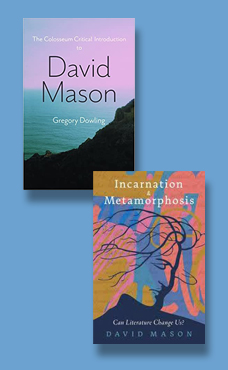
Comments powered by CComment